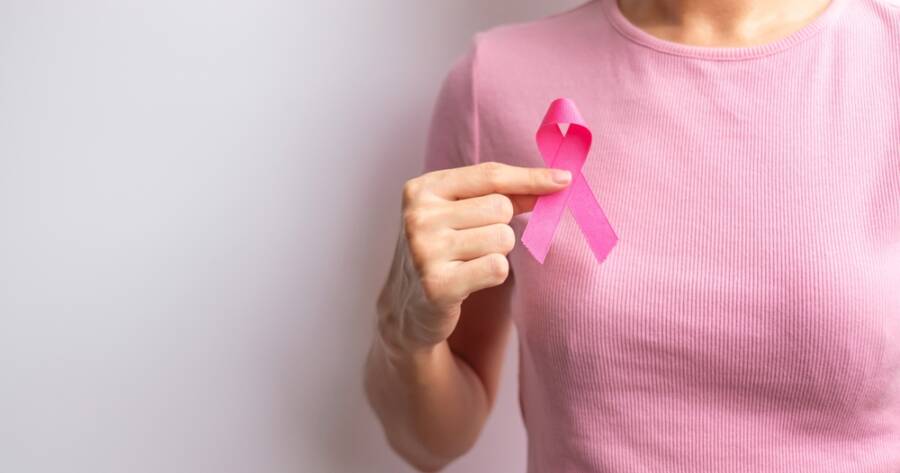Breast cancer is a serious health concern, but catching it early can make all the difference. From subtle changes to noticeable symptoms, learning to recognize the early warning signs could lead to lifesaving treatments. Early detection plays a crucial role in improving outcomes, and knowing what to look for is key. Explore what you need to know about detecting breast cancer early and exploring the latest options for care.
Early Signs of Breast Cancer: Key Symptoms to Look For
It’s important to be aware of potential signs of breast cancer that could indicate an issue. Four key symptoms to watch for include:
- Lumps in the Breast or Underarm: A noticeable, often painless lump that feels hard or irregular can be an early sign of breast cancer. It may not always be painful but should be evaluated by a healthcare provider.
- Changes in Breast Size or Shape: If one breast changes in size or shape, or if you notice a significant asymmetry, this could be a sign of a developing tumor.
- Unusual Nipple Discharge: If you experience any spontaneous nipple discharge, especially if it’s bloody or clear, it should be addressed by a doctor.
- Skin Changes or Dimpling: Any unexplained dimpling, redness, or thickening of the breast skin can be an indicator of an underlying issue, including breast cancer.
These signs don’t always point to breast cancer, but they should not be ignored and warrant medical evaluation.
Changes in the Skin and Breast Texture: Important Indicators
Changes to the skin or texture of the breast can be early indicators of a problem. Four key skin-related signs to look for include:
- Dimpling or Puckering: Similar to the texture of an orange peel, dimpling or puckering in the skin of the breast can signal an issue beneath the surface and should be checked.
- Redness or Warmth: Persistent redness or an unusual warmth in the breast area, especially around the nipple or underarm, can be a symptom of inflammatory breast cancer.
- Nipple Retraction: If the nipple changes position or begins to turn inward, it could be due to an underlying tumor pulling the tissue.
- Changes in Skin Texture: Any thickening or texture changes in the skin could be a red flag that should not be ignored.
These symptoms are often related to the lymphatic system and breast tissue, indicating a deeper concern.
Pain, Discomfort, and Swelling: What You Need to Know
While breast cancer doesn’t always cause pain, some people may experience discomfort or changes that should not be ignored. Four signs related to pain and swelling include:
- Persistent Pain or Tenderness: Unexplained, persistent pain or discomfort in the breast area, especially if it doesn’t correlate with your menstrual cycle, should be checked by a healthcare provider.
- Unexplained Swelling: Swelling in one breast, or in the underarm area, can indicate that a tumor is affecting the lymph nodes or tissue.
- Nipple Pain: If the nipple becomes painful without any apparent cause, it could be related to changes in the breast tissue or an underlying issue.
- Swollen Lymph Nodes: Swollen lymph nodes under the arm or near the collarbone, which are often painless, could be an early warning of breast cancer.
These symptoms may not always be associated with cancer, but they should be investigated to rule out any serious conditions.
Risk Factors of Breast Cancer to Know
Being aware of risk factors can help you better understand when you might need to pay closer attention to changes in your body. Four major signs or risk factors to consider include:
- Family History of Breast Cancer: A family history, especially in close relatives such as your mother or sister, increases the risk of developing breast cancer. If a relative was diagnosed at a younger age, this is a red flag.
- Age and Gender: Women over the age of 50 are at a higher risk. The chances increase as you age, so regular screenings are important once you’re in this age range.
- Hormone Therapy Use: Prolonged use of hormone replacement therapy (HRT) can increase your risk. It’s essential to discuss any hormone treatments with your doctor.
- Personal History of Breast Cancer or Other Health Issues: If you’ve had breast cancer before or have other conditions like ovarian cancer, you may be at an elevated risk.
Knowing these risk factors can help guide your decisions for regular screenings and proactive health management.
Stay Proactive: Early Detection is Key
Being vigilant about changes in your body is crucial for early detection of breast cancer. Regular self-checks and timely medical evaluations can help catch potential issues before they become serious. While many symptoms can be linked to other conditions, it’s always best to err on the side of caution and consult with your healthcare provider. By staying informed and proactive, you can help ensure a healthier future and peace of mind.

